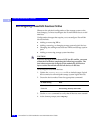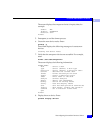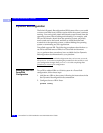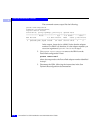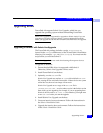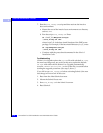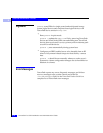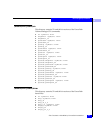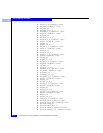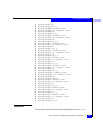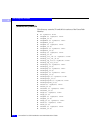
5
powercf Configuration Utility
5-17
PowerPath Administration on Solaris
powercf Configuration Utility
During system boot on Solaris hosts, the powercf utility configures
PowerPath devices by scanning HBAs for both single-ported and
multiported storage system logical devices. (A multiported logical
device shows up on two or more HBAs with the same storage system
subsystem/device identity. The identity comes from the serial
number for the logical device.) For each storage system logical device
found in the scan of the HBAs,
powercf creates a corresponding
emcpower device entry in the
emcp.conf file, and it saves a primary
path and an alternate primary path to that device.
After PowerPath is installed, you need to run
powercf only when the
physical configuration of the storage system or the host changes.
Configuration changes that require you to reconfigure PowerPath
devices include the following:
◆ Adding or removing HBAs
◆ Adding, removing, or changing storage system logical devices
◆ Changing the cabling routes between HBAs and storage system
ports
◆ Adding or removing storage system interfaces
Refer to Reconfiguring PowerPath Devices Online on page 5-10 for
instructions on reconfiguring PowerPath devices on Solaris.
File Location
The powercf utility resides in the /etc directory.
Executing powercf
You must have superuser privileges to use powercf.
To run
powercf on a Solaris host, type the command, plus any
options, at the shell prompt.
emcp.conf File
The /kernel/drv/emcp.conf file lists the primary and alternate path
to each storage system logical device and the storage system device
serial number for that logical device. The
powercf -q command
updates the existing
emcp.conf file or creates a new one if it does not
already exist.
Syntax
powercf -q|-Z




